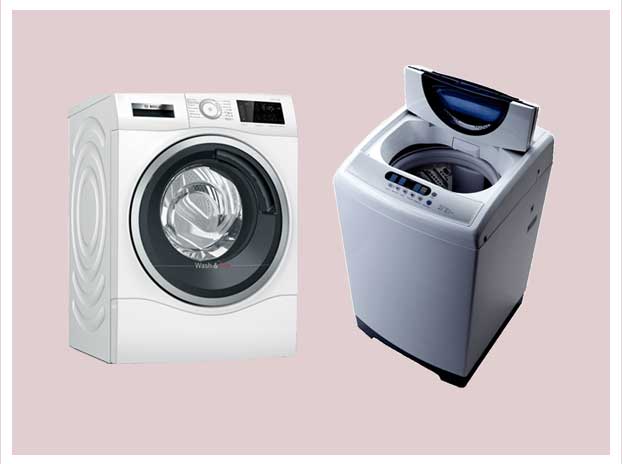Washing Machine
Service Center in Coimbatore
Call: 9092404427

Coimbatore service center offers washing machines repair service in Coimbatore. Our technicians will quickly identify the breakdown and fix it right at your home, so you do not have to take your assistant to the service center across the city. If the washing machine breaks down, contact our service. We repair washing machines (Coimbatore) quickly and efficiently.
We work with several types of failure in washing machines. Please contact if you notice that:
All these are external manifestations of deeper internal problems in the work of your home assistant: electronics failures, wear of the bearing assembly, the problem with the electric motor, drain pump, and other elements.
Based on your description of the problem and our diagnostic examination, our washing machine repair technician will determine why your washing machine is not working and what kind of repair it needs.
99% of the parts needed for repair are always with the master, so he will immediately start repairing your assistant. We use only original spare parts from manufacturers of household appliances.
We also replace valves, temperature and water level sensors, rubber seals (pipes), and other elements to the washing machine, remove foreign objects from the washing machine drum (coins, pins, bra bones, and others), clean the pipes.